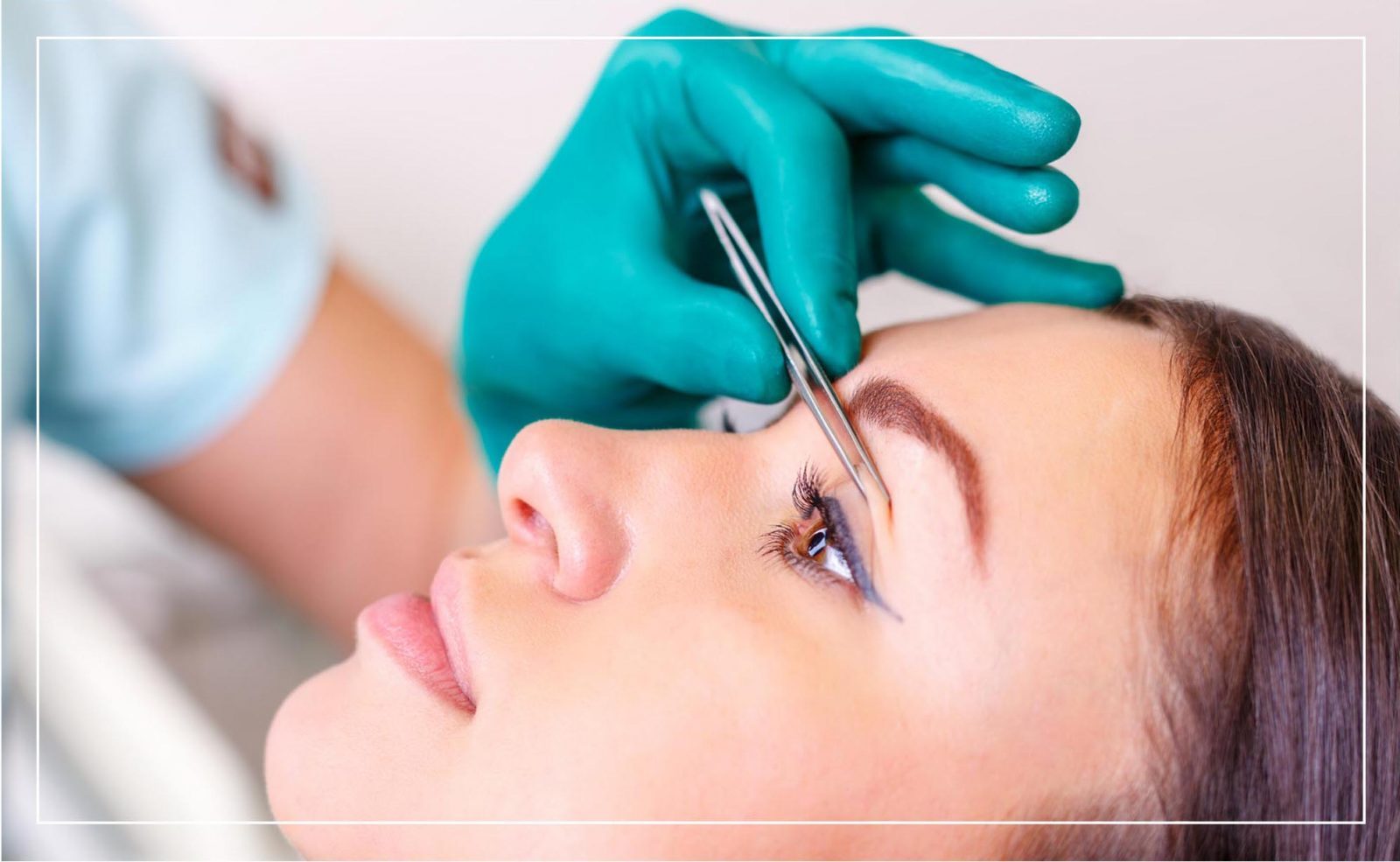
_
Breast Cosmetic Surgeries
Mammaplasty, Mastopexy, Breast Prosthesis, Mastopexy+Breast Prosthesis, Gynecomastia, Lipotransfer

Mammaplasty
Reduction mammaplasty continues to be one of the most commonly performed procedures in plastic surgery. . The goals of reduction mammaplasty are three-fold: (i) improvement in the physical symptoms associated with mammary hypertrophy, (ii) improvement in the appearance of the breast, and (iii) long-lasting results. An important concept with reduction mammaplasty is differentiating the “cosmetic” reduction mammaplasty from the “functional” reduction mammaplasty. There is an overlap between these two because all reduction mammaplasty procedures are aesthetic in concept and design. The purely cosmetic patient is usually one that has mild to moderate mammary hypertrophy that typically requires a minimal reduction defined as less than 300 g. These patients usually are not symptomatic or debilitated by the size of their breasts and are primarily concerned with shape and contour and often wish to minimize scar. There is a another subset of patients with moderate to severe mammary hypertrophy who are symptomatic and plagued with back pain, intertrigo, and postural changes and who are primarily interested in relieving symptoms, secondarily interested in improving aesthetics, and are less concerned with the amount and location of the scars. These patients typically require a functional reduction mammaplasty.
Mastopexy
Breast ptosis is one of the more common issues seen in plastic surgeons’ offices, particularly those performing a significant amount of aesthetic breast surgery. Although ptotic breasts can be developmental and occur during breast growth at puberty, the image of drooping breasts elicits a sense of aging and loss of femininity for most patients. Beautifully shaped, “perky” breasts – regardless of size – are a symbol of youth and sexuality, and the lack of this trait can cause insecurity and selfesteem issues for many women. Mastopexy will focus on the relatively narrow spectrum of women who have a relatively appropriate amount of breast volume, but are lacking the shape and position associated with a youthful and aesthetic breast. In these women, the primary treatment is rearrangement of the breast parenchyma combined with skin excision and re-draping. Possible small volume addition (via fat grafting) or small volume reduction (via direct tissue resection and/or liposuction) will also be discussed within the context of creating the best possible final breast shape and correcting preoperative asymmetry in women who otherwise have adequate volume.
Breast Prosthesis
Breast augmentation Overview Breast augmentation — also known as augmentation mammoplasty — is surgery to increase breast size. It involves placing breast implants under breast tissue or chest muscles. For some women, breast augmentation is a way to feel more confident. For others, it's part of rebuilding the breast for various conditions. If you're considering breast augmentation, talk to a plastic surgeon. Make sure you understand what surgery involves, including possible risks, complications and follow-up care. Why it's done Breast augmentation might help you: Enhance your appearance if you think your breasts are too small or that one is smaller than the other Adjust for a reduction in the size of your breasts after pregnancy Correct uneven breasts after breast surgery for other conditions Improve your self-confidence Discuss your goals with your surgeon so that you can be realistic about what breast augmentation can do for you. Risks Breast augmentation poses various risks, including: Scar tissue that distorts the shape of the breast implant (capsular contracture) Breast pain Infection Changes in nipple and breast sensation Implant leakage or rupture Correcting these complications might require more surgery, either to remove or replace the implants.
Mastoexy+breast prosthesis
the number of mastopexies has increased and similarly, the number of breast augmentations increased . As these cases increase, there is also likely to be an increase in patients who would benefit from both an increase in breast volume as well as lift. Whether these procedures are performed simultaneously or in a staged approach has been the subject of some debate over the years. many plastic surgeons prefer a two-stage approach to the ptotic and deflated breast. Simultaneous breast augmentation and mastopexy is often considered to be one of the most difficult cosmetic breast surgeries. The challenge is in the fact that the surgery has multiple opposing goals – to increase the volume of a breast, change the shape, and simultaneously decrease the skin envelope. Successful outcomes in augmentation mastopexy, one- or two-stage, can be expected with proper planning, technique, and patient education. Patient selection is of utmost importance given the range of patients and pathologies in need of augmentation mastopexy (e.g., massive weight loss patients, the constricted breast, or severe ptosis
Gynecomastia
Gynecomastia, or abnormal breast tissue enlargement in men, is the most common breast pathology amongst males. It has a reported prevalence of 30–70% depending on age group, and the condition can pose a significant psychological challenge to the patients. Most cases, especially those occurring during adolescence, are benign and self-limiting. The majority of patients presenting for surgical treatment have already had a medical cause excluded by the referring physician or have not responded to drug therapy. Severe breast enlargement or lesser degrees of gynecomastia may be directly referred for surgery on account of severe emotional or psychological distress. The aim of treatment is restoration of a normal male chest contour while minimizing the evidence of surgery and protecting the nipple areolar complex. A wide range of surgical techniques have been described for gynecomastia treatment including various forms of liposuction, open glandular excision, skin reduction, and combinations of these.









